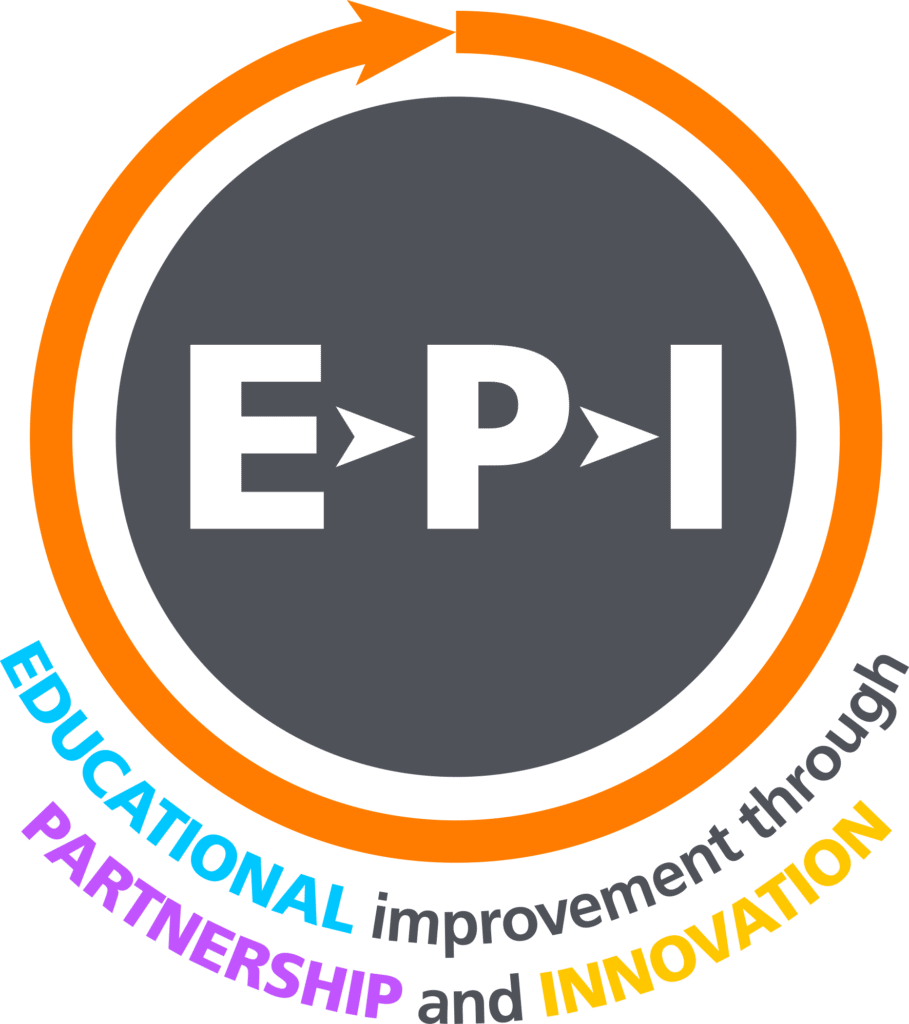
We have heard it all before, calculating your metrics through the application of Integrated Curriculum Financial Planning (ICFP) can produce savings within your expenditure. Cut costs.
However, as we all know ICFP is so much more than reducing cost. It is about applying the characteristics and contexts of your school to develop; a curriculum design that is fit for the needs of the students, allows teachers time in the classroom to teach and develops a sustainable staffing structure. In our experience, ICFP enables the identification of opportunities that can have long lasting and meaningful impacts across a school. Some of the many examples we have found whilst working with schools include:
Curriculum – We have seen some of the most-high impact curriculum models developed using ICFP. As we know, especially during COVID-19, some students start school with a wealth of access to educational resources at home and some do not. Schools need to plan for various student needs and planning a curriculum as part of the costed school improvement plan ensures that the decisions made to deliver the curriculum are monitored, measured and reviewed regularly whilst ensuring that they are financially sustainable.
Student Enrichment – We have seen innovative use of teaching contact ratio and curriculum design where student experiences are expanded beyond the classroom. For example, sporting, music, and arts events that have been built into the school weeks (each week!) are some of the best examples we have seen.
CPL, for all – When schools review per pupil spends on below staffing costs, it highlights areas that are also being underspent, often the CPD budget. ICFP encourages school leaders to look holistically at CPL and use procurement deals and bulk purchasing that makes CPL become accessible for your whole team.
Wellbeing for the whole community – We have seen evidence across our work where we have identified large spends on supply cover for sickness absence. This has led to reviewing and identifying areas of investment on staff wellbeing. Getting the right package and systems of support for your staff is unique to your school, however some of the benefits we have seen by investing in staff wellbeing have led to lower sickness absence, and therefore an opportunity to reinvest elsewhere.
Investing in students – We know that our students and staff are our most valuable resources and when we invest heavily the percentage of income on staffing can easily reach 80%+ of the budget. As school leaders, we need to take a holistic view of our staffing models and the impact on students. For example, by investing a little more in a specific area of the school, like EAL, this provides skills and experience that wasn’t there already for students to benefit from. However, be mindful of how often these examples like this happen and always ensure you measure the impact of any investment you make.
Lastly, and most importantly, it is what you do at your school that counts. We believe in education that drives improvement in partnership with everyone using innovative strategies of improvement.

More About EPI
At EPI we innovate, collaborate and create by working in partnership with schools and trusts to release efficiencies which will support the continued enrichment of your young people.
We appreciate in the current climate you may not have time to calculate your individual school metrics, so we thought we would support you with a free excel ICFP toolkit LITE at https://www.edupi.org.uk/free-download/


Be the first to comment